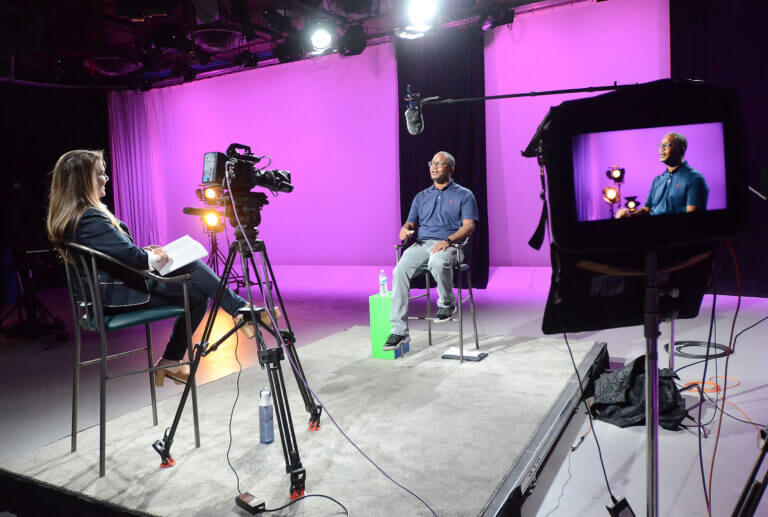
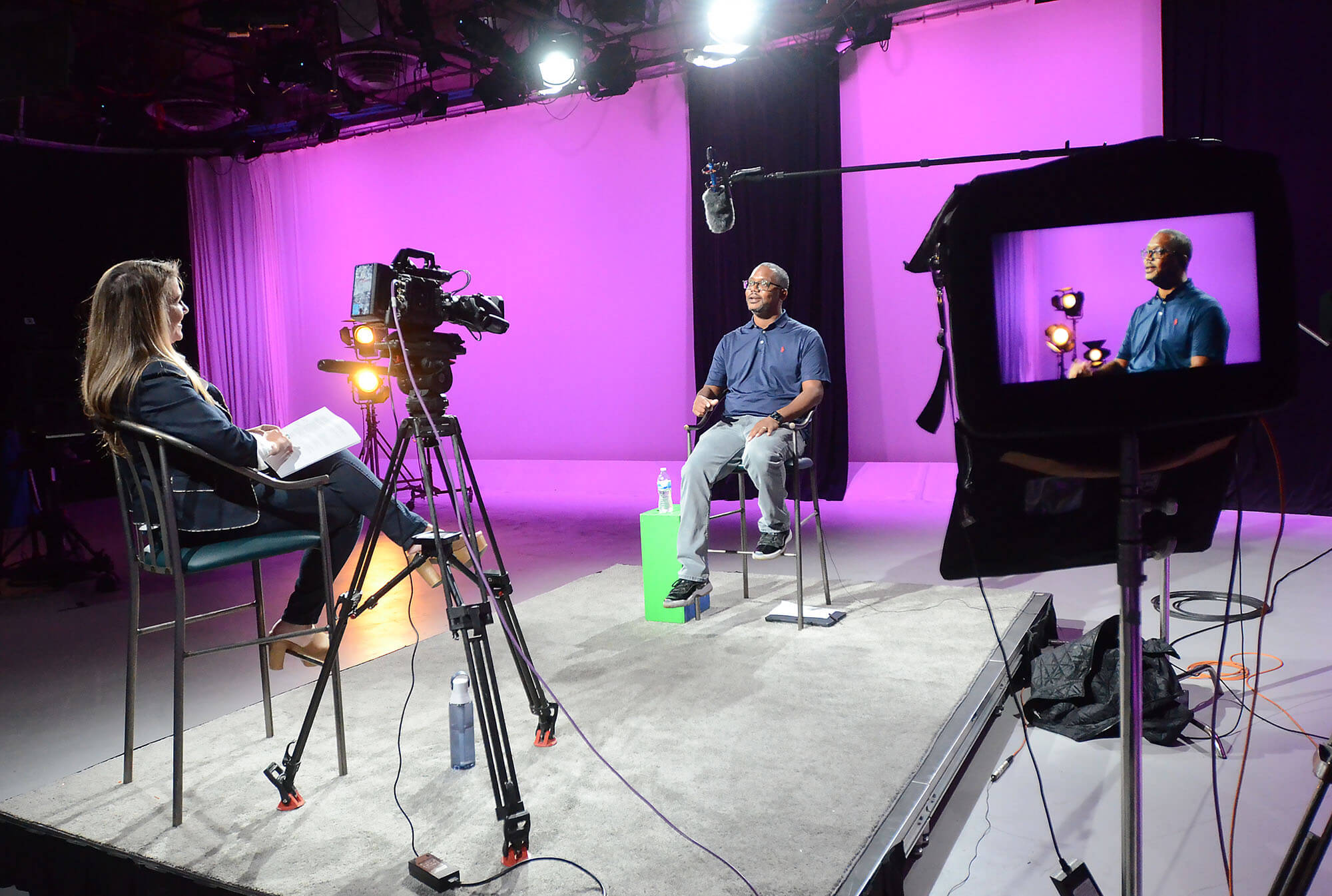
Like many Mississippians, Jovani Johnson was raised on PBS Kids. Shows like “Sesame Street” and “Maya & Miguel” were a key part of his early education.
Now, as an afterschool teacher at Agape Love Learning & Developmental Center in Greenwood, he uses PBS Kids shows and resources from its website in his lessons three times a week.

Credit: Courtesy photo/Jovani Johnson
“My younger group, they love it,” he said. “They love it because they know we’re coming with something fresh, something new.”
But because of federal budget cuts pushed by President Donald Trump, Johnson and other Mississippians will lose access to these shows by next summer.
Mississippi Public Broadcasting will lose up to 15% of its annual budget, which is between $2 million and $2.5 million, according to Anna Neel, MPB’s chief operating officer.
She said that by July 1, MPB plans to eliminate programming from PBS, NPR, the Create television channel, the PBS Kids television channel, PBS Kids app and the streaming service Passport.
MPB will still air emergency weather alerts and local programming like “The Gestalt Gardener” on the radio and “Mississippi Roads” on TV, and it will continue to produce all local news, including “Mississippi Edition,” Neel said.
Nationally syndicated TV shows like “Daniel Tiger,” “Sesame Street,” “Frontline,” “Finding Your Roots” and “Antiques Roadshow” and radio shows like “Morning Edition” and “All Things Considered” won’t be available under MPB’s planned changes.
The Republican-led Congress last month approved and Trump signed cuts to federal spending, including a $1.1 billion reduction to the Corporation for Public Broadcasting. Trump said in an executive order in May that he believes PBS and NPR have “biased and partisan news coverage.”
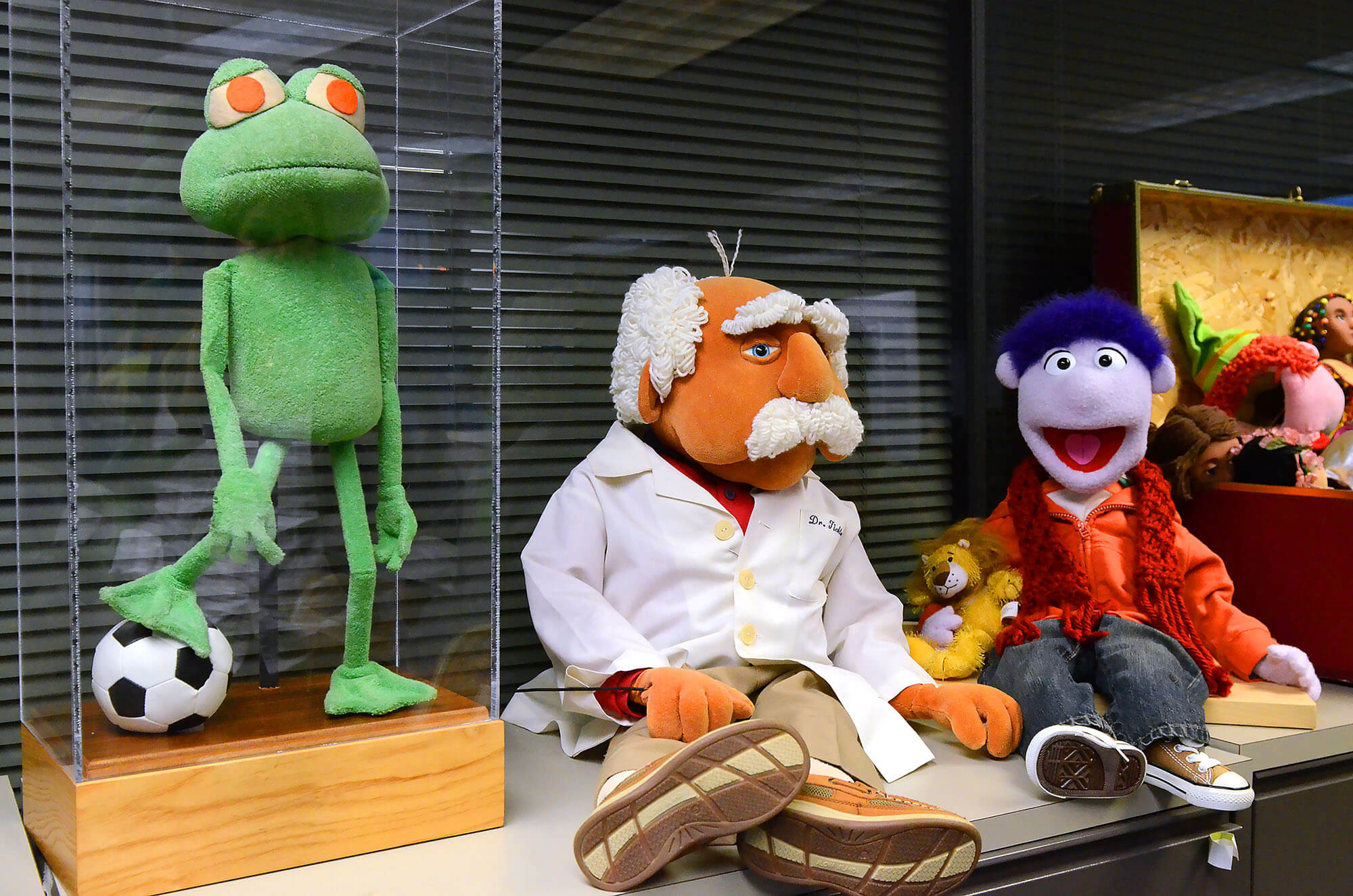
CPB helps fund PBS and NPR, and it sends money to more than 1,500 locally owned public radio and television stations nationwide, including Mississippi Public Broadcasting. CPB announced on Aug. 1 that it is starting the process of shutting down.
Neel said despite the cuts, Mississippi is in a better position than other rural states because most of its budget comes from state funding. She said CPB’s shutdown was expected and won’t impact the changes already planned.
“At the end of the day, it didn’t go our way,” Neel said. “So, defunded but not defeated, right?”
Republican state Sen. Angela Burks Hill of Picayune said she supports the funding cuts. She said the government should prioritize public safety, corrections and the national debt, and that MPB should replace missing funds with donations.
“We can’t just keep funding everything that we’ve been funding all these years if we’re ever going to hope to keep our fiscal house in order,” Hill said.
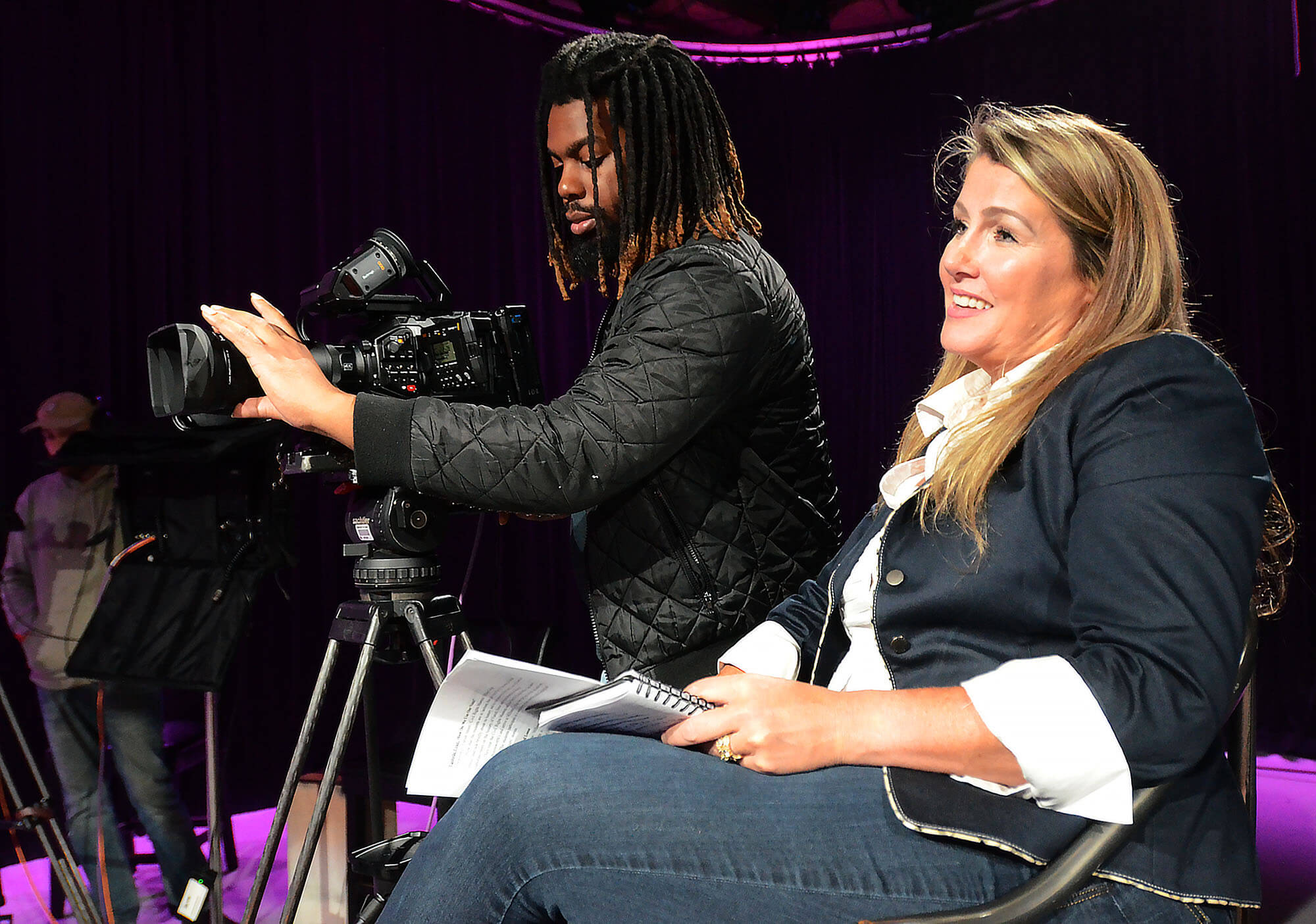
MPB started a donor campaign, Won’t You Be Our Neighbor, to try to make up for some of the losses. Neel said many donors reached out to show support and said they’d be increasing their contributions.
“That donor pie is not enough to make up the $2.5 million deficit that we will see with these cuts,” Neel said.
For the fiscal year that began last month, Mississippi lawmakers put $8.3 million of state money into public broadcasting, listed in budget documents as the Educational Television Authority. That is a decrease of $2.1 million, or about 20%, in state support from the previous year.
Johnson said he has seen how PBS Kids helps students with academics and social and emotional development.
“Nothing will be able to replace PBS Kids, simply because it’s a network designed specifically for kids to educate them about how the world is ever-changing,” Johnson said.
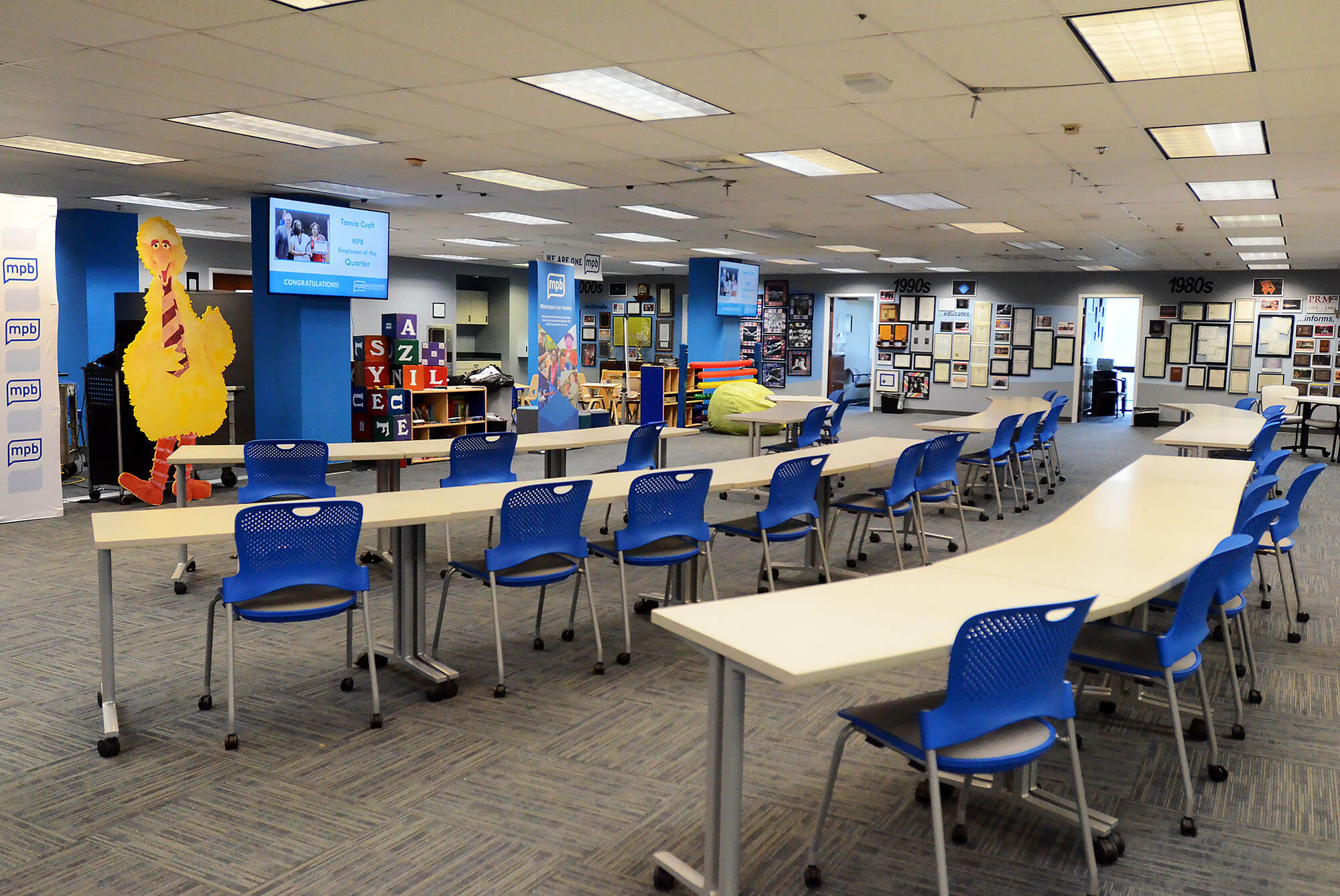
Neel said it would be difficult and expensive for MPB to produce children’s educational programming locally. She said she has spoken to teachers in underserved communities who rely on PBS Kids.
“They depend on this free educational content … to help children not just learn to read, learn their colors, to learn their shapes, but they depend on this content to teach children how to regulate their emotions,” Neel said.
PBS says its children’s programming helps improve literacy and STEM skills, and its accessibility helps fill educational gaps: 60% of PBS’ audience lives in rural areas, and 56% of low-income households watch it.
For Johnson, the alternative to PBS Kids is YouTube. Instead of having prepared lessons, staff will have to build their own curriculum.
“I will stand on the highest mountain to say that there isn’t any platform, any network, or any broadcasting service that will replace PBS Kids,” Johnson said.
- Trump argues presidential authority allows him to do a lot, but not fund SNAP - November 9, 2025
- Mississippi is among the states where people are waiting for SNAP food aid for November - November 8, 2025
- A tool tracking billion-dollar disasters is active again after being retired by Trump administration - November 8, 2025